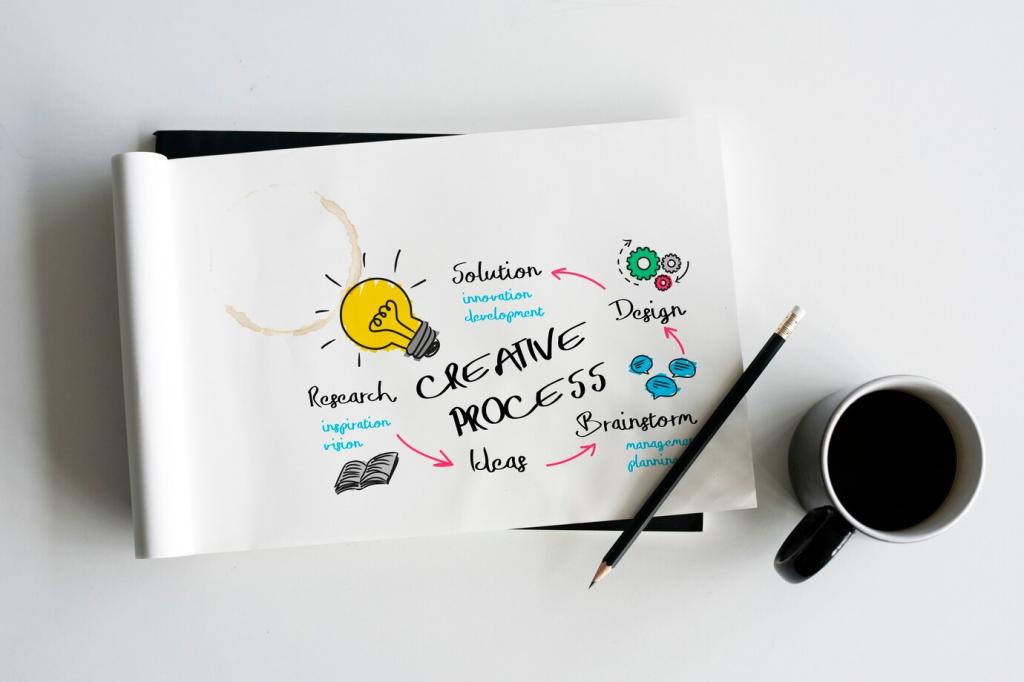Cultural Roots and Local Lore in Design Narratives
Name artisans, regions, and processes with accuracy. Credit traditions without claiming them. Explain why a handwoven runner matters beyond aesthetics. Invite readers to discover makers and follow their work. Share one craft lineage you’re highlighting this season.
Cultural Roots and Local Lore in Design Narratives
Link limestone to nearby quarries, tiles to coastal kilns, textiles to family rituals. Memory anchors beauty. Encourage readers to write a three-sentence memory that inspired a finish. Collect these notes to shape future room narratives together.






